The following is a write up of Feock Parish’s ‘Thank You’ community event in February, 2023, held at Trelissick Gardens and organised by the Feock HAIRE team as the research project nears its end in March. Read on to find out what’s next for HAIRE in Feock.
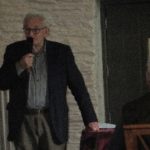
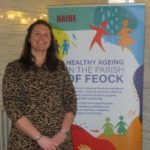
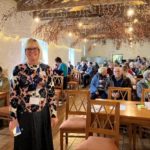
A gentle thrum of chatter fills the Barn at Trelissick, which is twinkling with fairly lights and winter sun streaming through the windows. More than sixty people – including volunteers who have been involved with the HAIRE project in various ways – have gathered to hear what Feock Parish Council’s HAIRE team have to say about the project as it reaches its completion and to share in a discussion on its effect on the community and its legacy. They are also here for an almost-spring walk through the gardens with the National Trust team at this special estate on their doorstep.
The HAIRE team was led by Cllr Keith Hambly-Staite on behalf of Feock Parish Council and included Bex Rawbone, the Project Co-Ordinator and Cathy Whitmore, Project Administrator together with numerous volunteers who supported them. They all agree that HAIRE has impacted people’s lives by enabling older people to be listened to, and by supporting and developing a community directory of activities and services, improving connection and participation across the parish. Bex Rawbone created activities and events with very limited money and resources throughout a challenging time. These have had the effect of helping to empower people and improve their wellbeing. One new service put in place as a result of Covid restrictions has become an innovation the community cannot do without in the world after the pandemic: a telephone helpline.
A significant outcome of the project was the way Feock Parish Council re-examined its role regarding community support. It has determined to use the evidence of the project to continue with the services developed during the project. Cathy’s role as the helpful voice on the end of the telephone can’t be underestimated; throughout lockdown, it was Cathy who coordinated shopping and prescription collection for residents unable to leave their homes, and later, when supporting those living alone, she was not only coordinating services but forging connections with lonely residents. Feedback has been overwhelmingly positive from both service users as well as providers:
“HAIRE activity has helped people socially…and given them a new lease of life.”
“You have all done a wonderful job making things happen and providing a lot of help for a lot of people.”
“From an NHS point of view we appreciated everything that the team did for our patients – collecting scripts; helping wellbeing.”
Cathy’s role will be made permanent after the pilot stage of Project HAIRE ends, as it’s been recognised that people do so much better when they have a listening ear. Having time to talk and listen is one of the most important learning outcomes for Feock. When reflecting on the HAIRE outcomes, the team say it has engaged a whole new way of thinking about supporting the community – a two-way community engagement link whereby access to local information and resources is made easier. A community directory has been made available on a new community wellbeing website, MyFeock, and activities are advertised in numerous ways, using both traditional posters, word of mouth, and social media.
“It has connected people who would otherwise have stayed at home, often by themselves.”
“Sense of belonging and participation”
“Made life more interesting!”
The HAIRE approach means that throughout the pilot phase, the team were attentive to community-level interests, which can change over time. Some innovations have a life-cycle that is shaped by a community’s lived experiences: it’s useful for a time, then it can evolve into something new. What HAIRE provided – and will continue to provide – is dialogue with communities and understanding so that changes can be made as and when they are appropriate. The continued involvement of local volunteers and community members is vital as HAIRE moves beyond its pilot stage. As one of the local NHS service providers made clear to the volunteers: “We could not do it without you.”

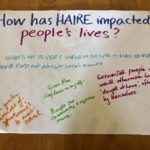
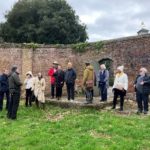
If you would like to know further information about Feock’s wellbeing opportunities, help to support their services and to know what’s happening in Feock Parish, contact:
Telephone: 01872 863 333 (Monday – Friday, 9.30-12 noon)
Email:
Facebook: MyFeock Wellbeing
Website: www.myfeock.co.uk
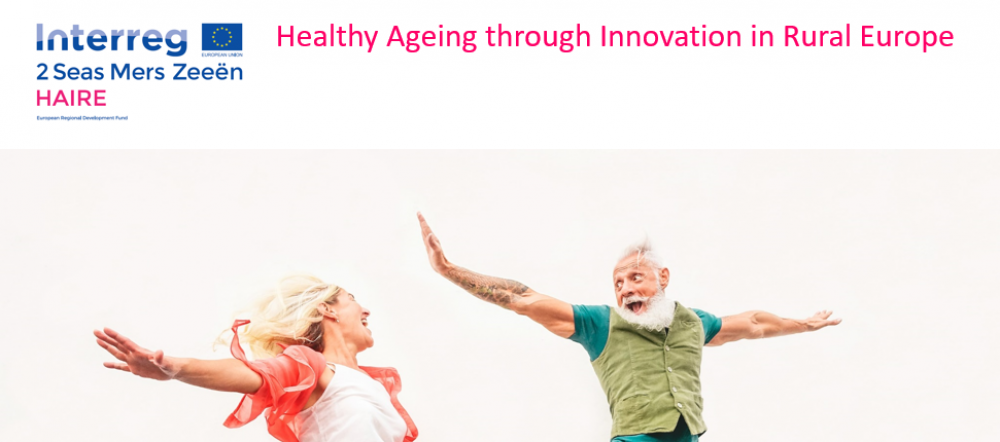

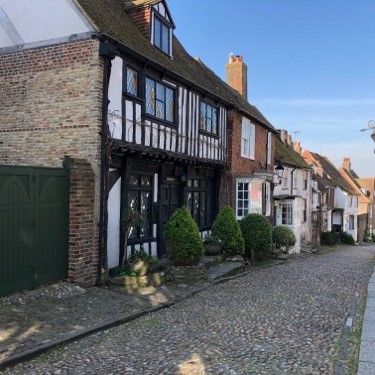
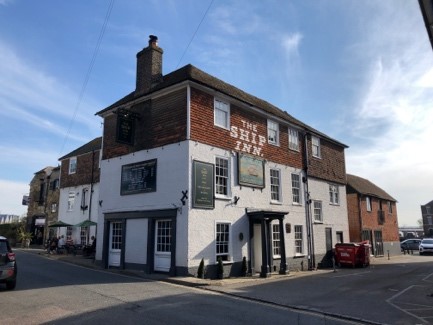 I turn off the delightfully named Wish Street onto Wish Ward in the direction of a disused factory, a piece of industrial heritage referencing the area’s past. A former bakery, it now houses a pottery. I walk past picturesque redbrick and half shingle houses. The pretty townhouse along a cobbled street with a new Jaguar parked outside tells a story that I’m only too familiar with from Cornwall where the picturesque rural setting can hide great disparities in wealth. Mermaid Street, with its ancient, rounded cobbles, opens up to my left. The Ship Inn – my destination after 7 hours traveling from Cornwall, sits in an attractive riverside location. After dumping my bags, I go for a run along a levee between the river and a nature reserve. It’s a lovely part of the world – startlingly flat compared to Cornwall.
I turn off the delightfully named Wish Street onto Wish Ward in the direction of a disused factory, a piece of industrial heritage referencing the area’s past. A former bakery, it now houses a pottery. I walk past picturesque redbrick and half shingle houses. The pretty townhouse along a cobbled street with a new Jaguar parked outside tells a story that I’m only too familiar with from Cornwall where the picturesque rural setting can hide great disparities in wealth. Mermaid Street, with its ancient, rounded cobbles, opens up to my left. The Ship Inn – my destination after 7 hours traveling from Cornwall, sits in an attractive riverside location. After dumping my bags, I go for a run along a levee between the river and a nature reserve. It’s a lovely part of the world – startlingly flat compared to Cornwall.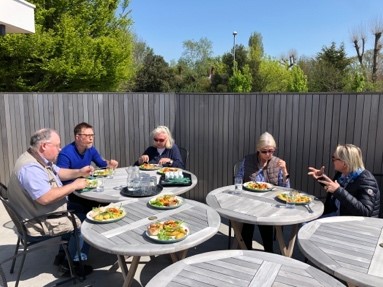
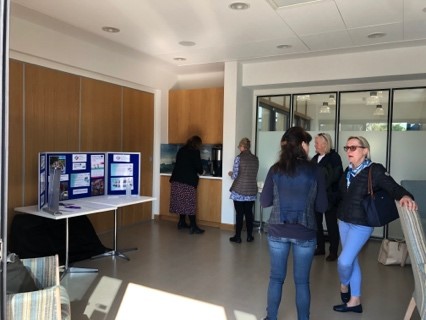 We have a great meeting, discussing the volunteer experience of using the HAIRE toolkit – especially the Guided Conversation – and the legacy of HAIRE which will be felt through the pilot projects in Age Friendly Rother, now officially a part of the World Health Organisation’s Age Friendly Community programme.
We have a great meeting, discussing the volunteer experience of using the HAIRE toolkit – especially the Guided Conversation – and the legacy of HAIRE which will be felt through the pilot projects in Age Friendly Rother, now officially a part of the World Health Organisation’s Age Friendly Community programme.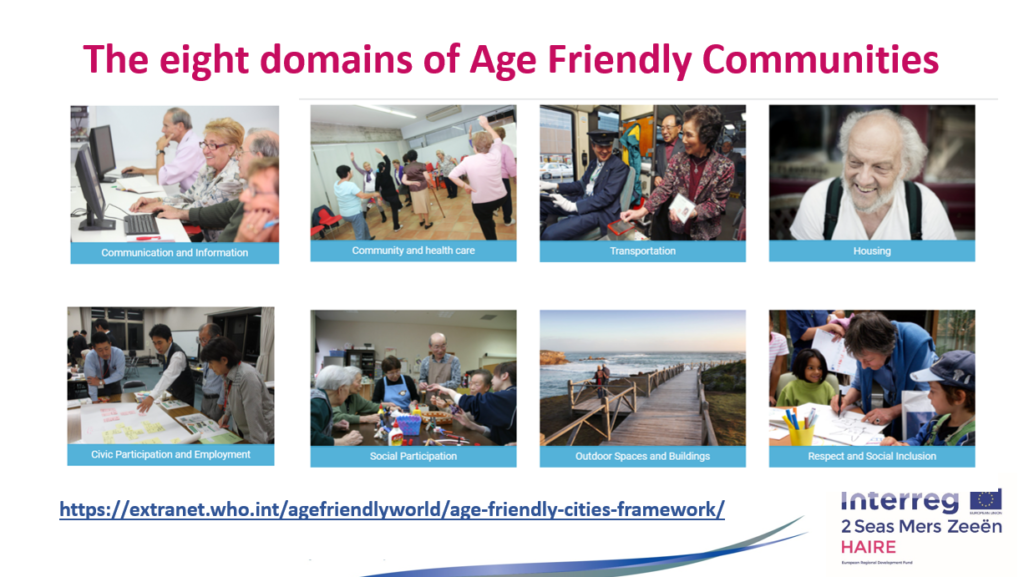
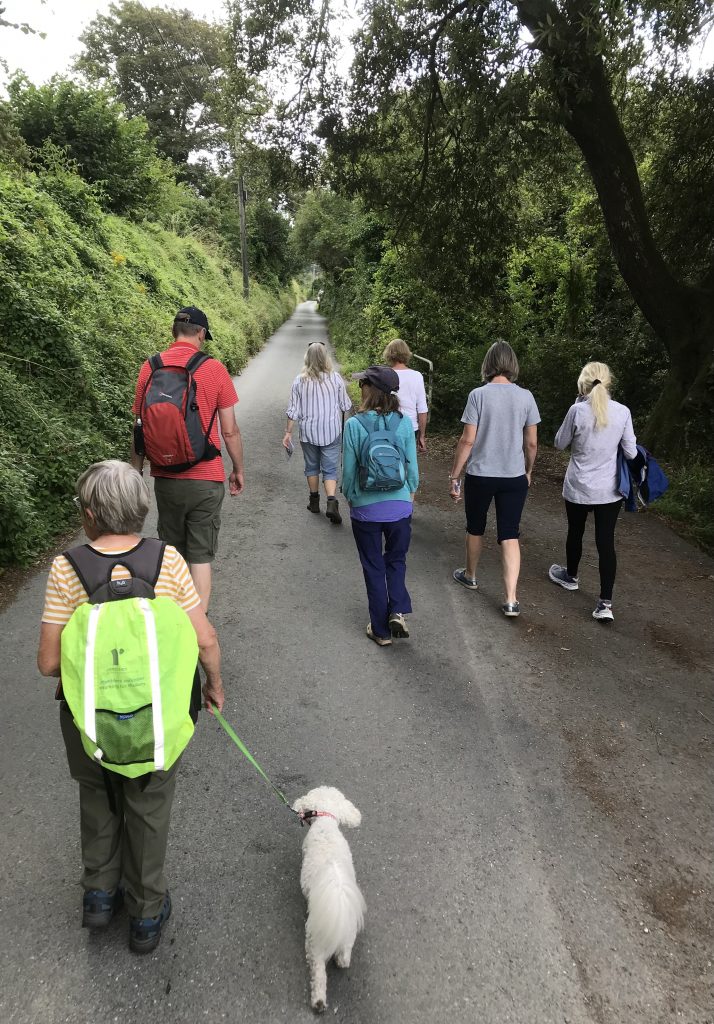
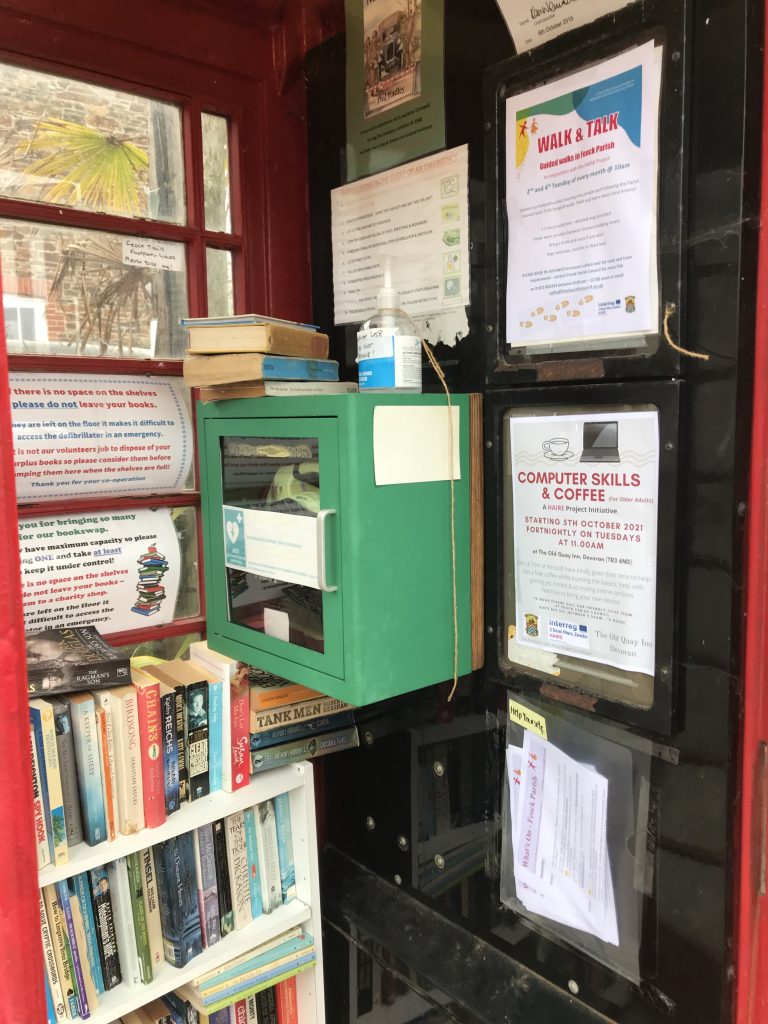
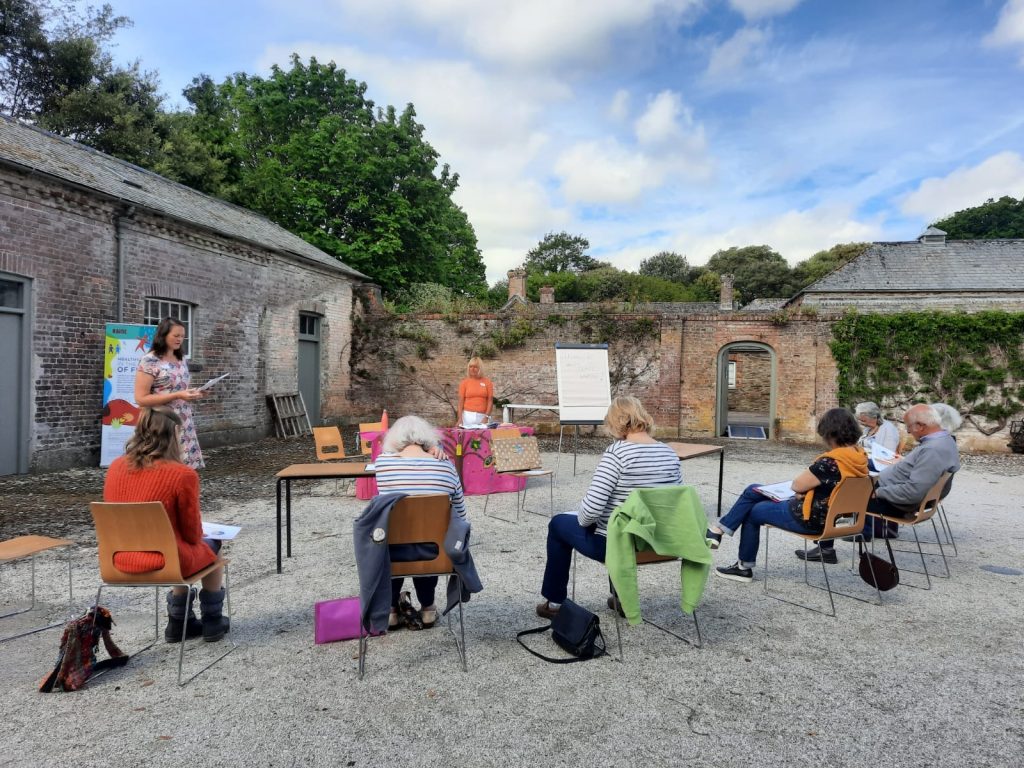
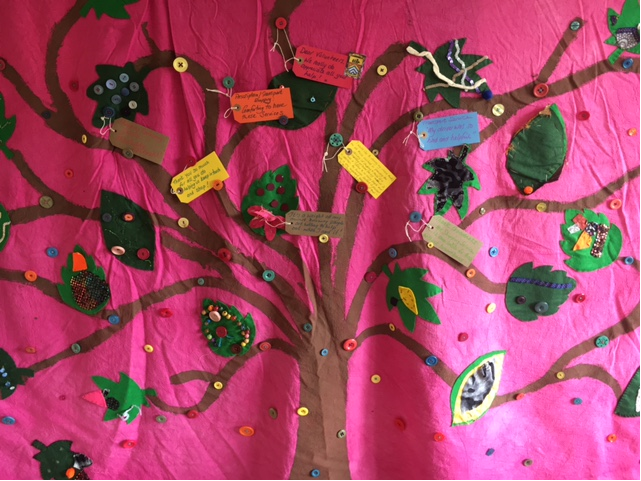
 (This blog is written in English and French – please scroll to the end for the French language version.)
(This blog is written in English and French – please scroll to the end for the French language version.)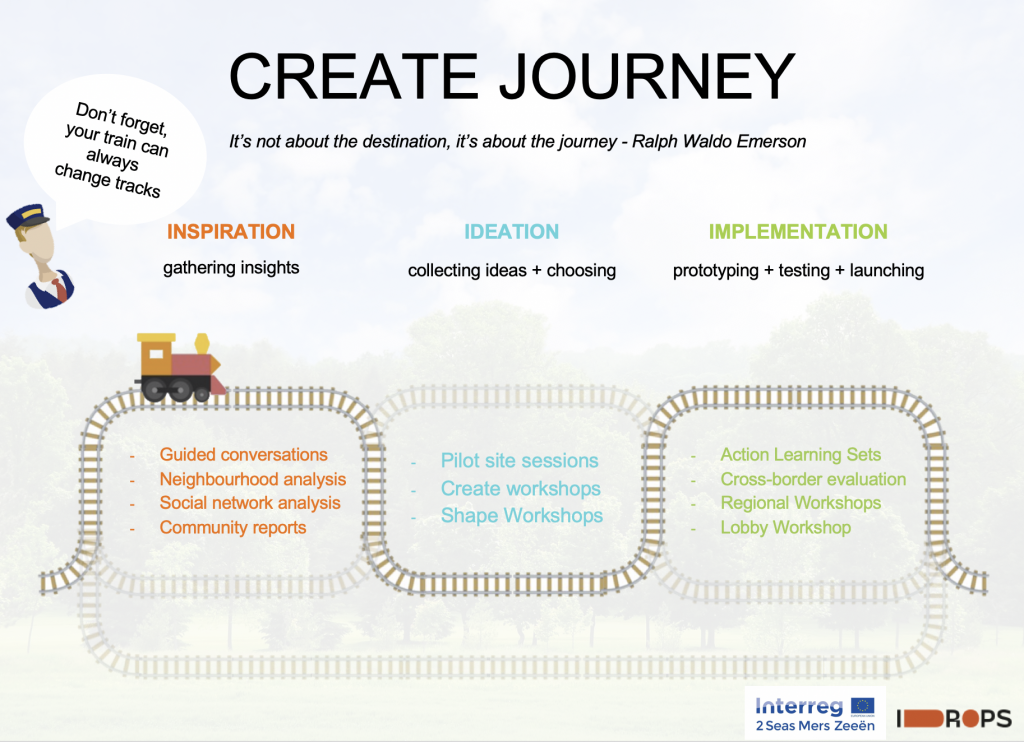
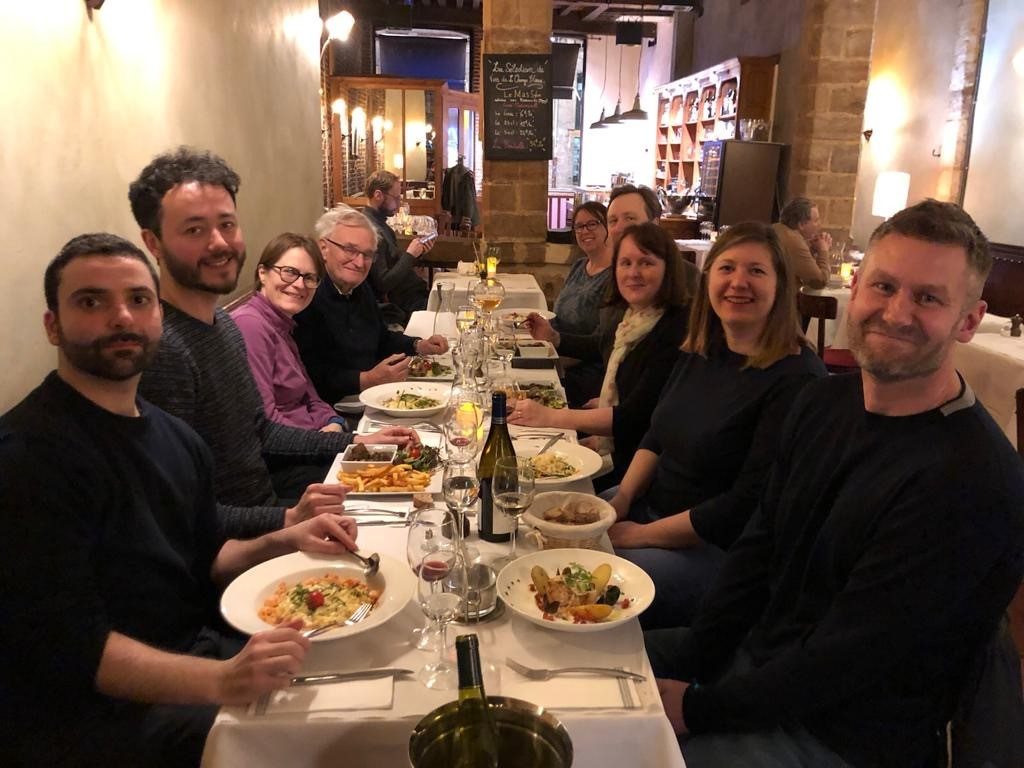
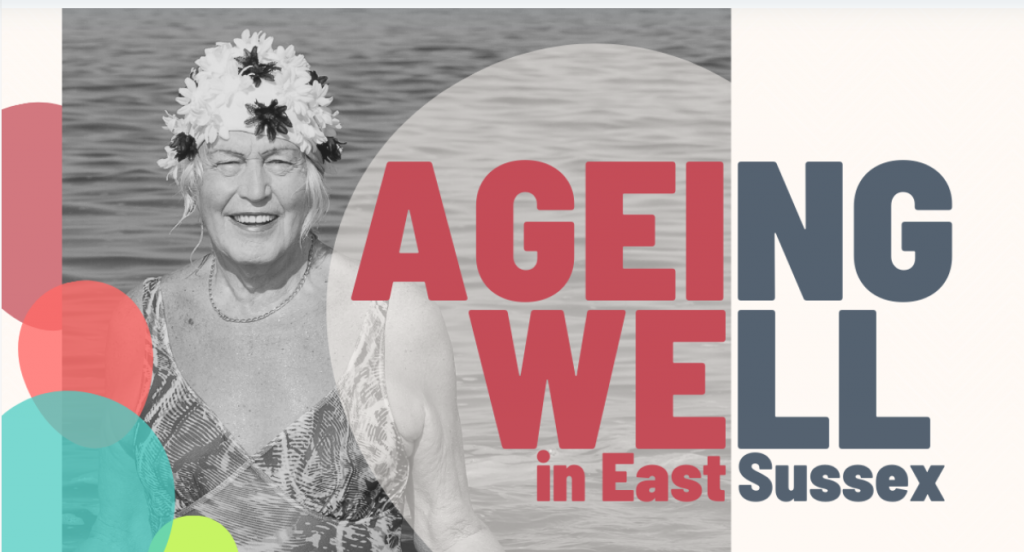
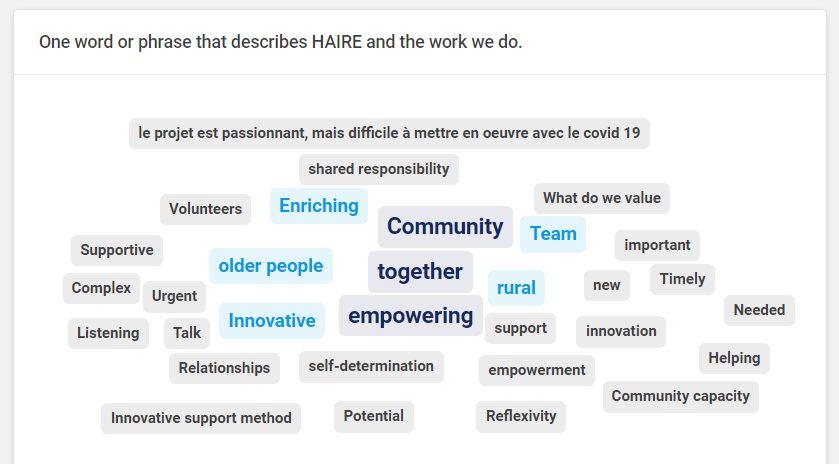 Lors de notre dernière réunion entre partenaires, nous avons demandé à chacun de décrire le travail réalisé par le projet HAIRE en un mot, par le biais de l’application web Slido. La bulle de mots a peu à peu pris forme et trois mots se sont démarqués : Autonomiser [en anglais « empowering »] Communauté Ensemble. A la lumière de cela, on ne s’étonnera pas de voir que nous avons dépassé notre objectif de recrutement d’Aidants en dépit des confinements et d’un contact présentiel limité avec les personnes âgées. Les Aidants sont les bénévoles et les professionnels de la santé qui ont été formés pour utiliser la boite à outils du projet HAIRE et diriger des entretiens avec les personnes âgées. Au départ, notre objectif de recrutement était de 80 Aidants ; nous en avons maintenant 147, dont 115 qui ont reçu leur formation. Bien que nous ayons été retardés, nous sommes en voie d’atteindre un total de 600 participants aux Conversations Guidées : nous avons recruté 282 participants parmi lesquels 126 ont déjà commencé leurs conversations.
Lors de notre dernière réunion entre partenaires, nous avons demandé à chacun de décrire le travail réalisé par le projet HAIRE en un mot, par le biais de l’application web Slido. La bulle de mots a peu à peu pris forme et trois mots se sont démarqués : Autonomiser [en anglais « empowering »] Communauté Ensemble. A la lumière de cela, on ne s’étonnera pas de voir que nous avons dépassé notre objectif de recrutement d’Aidants en dépit des confinements et d’un contact présentiel limité avec les personnes âgées. Les Aidants sont les bénévoles et les professionnels de la santé qui ont été formés pour utiliser la boite à outils du projet HAIRE et diriger des entretiens avec les personnes âgées. Au départ, notre objectif de recrutement était de 80 Aidants ; nous en avons maintenant 147, dont 115 qui ont reçu leur formation. Bien que nous ayons été retardés, nous sommes en voie d’atteindre un total de 600 participants aux Conversations Guidées : nous avons recruté 282 participants parmi lesquels 126 ont déjà commencé leurs conversations.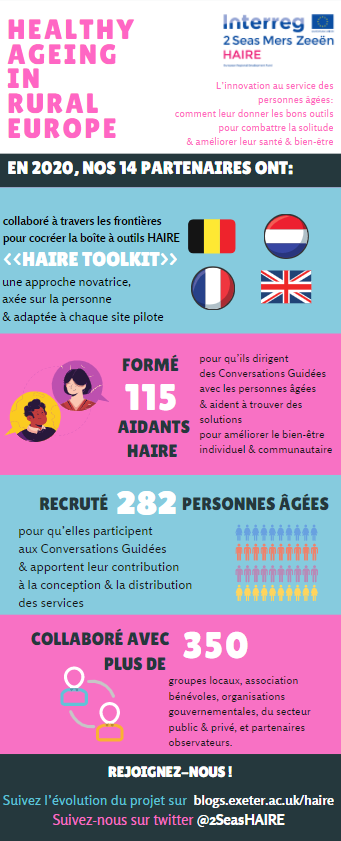 Dans sa conception, le projet HAIRE prend en compte ses futurs utilisateurs ainsi que le souci de la durabilité. Nos partenaires sont déjà en train de présenter le projet à de potentiels futurs utilisateurs de la boite à outils. Au Royaume-Uni, Devon Mind [association caritative axée sur la santé mentale] a présenté le projet HAIRE et son équipe à CoLab Exeter, un centre de cotravail intersectoriel et pluri-institutions sous le toit duquel environ 35 différents projets et services travaillent ensemble. Des échanges ont également eu lieu entre le conseil général du Sussex, Rother Voluntary Action et le conseil d’arrondissement de Hastings. D’un bout à l’autre de la région des 2Mers, nos partenaires sont en conversation avec les services sociaux des autorités locales ; en Belgique, des échanges ont eu lieu avec la Province d’Anvers et LiCalab (« Living and Care Lab »). En France, l’Université d’Artois a mis en place un partenariat – baptisé le « Cluster Senior » – entre plus de 30 organismes de la région; nos partenaires français se sont aussi associés au projet Interreg TICC, dirigé par Buurtzorg. Dans tous les pays, les sites pilotes maintiennent un contact régulier avec leur partenaire observateur. Au total, plus de 350 groupes locaux, groupes de bénévoles et une grande variété d’organismes ont contribué au partenariat HAIRE.
Dans sa conception, le projet HAIRE prend en compte ses futurs utilisateurs ainsi que le souci de la durabilité. Nos partenaires sont déjà en train de présenter le projet à de potentiels futurs utilisateurs de la boite à outils. Au Royaume-Uni, Devon Mind [association caritative axée sur la santé mentale] a présenté le projet HAIRE et son équipe à CoLab Exeter, un centre de cotravail intersectoriel et pluri-institutions sous le toit duquel environ 35 différents projets et services travaillent ensemble. Des échanges ont également eu lieu entre le conseil général du Sussex, Rother Voluntary Action et le conseil d’arrondissement de Hastings. D’un bout à l’autre de la région des 2Mers, nos partenaires sont en conversation avec les services sociaux des autorités locales ; en Belgique, des échanges ont eu lieu avec la Province d’Anvers et LiCalab (« Living and Care Lab »). En France, l’Université d’Artois a mis en place un partenariat – baptisé le « Cluster Senior » – entre plus de 30 organismes de la région; nos partenaires français se sont aussi associés au projet Interreg TICC, dirigé par Buurtzorg. Dans tous les pays, les sites pilotes maintiennent un contact régulier avec leur partenaire observateur. Au total, plus de 350 groupes locaux, groupes de bénévoles et une grande variété d’organismes ont contribué au partenariat HAIRE.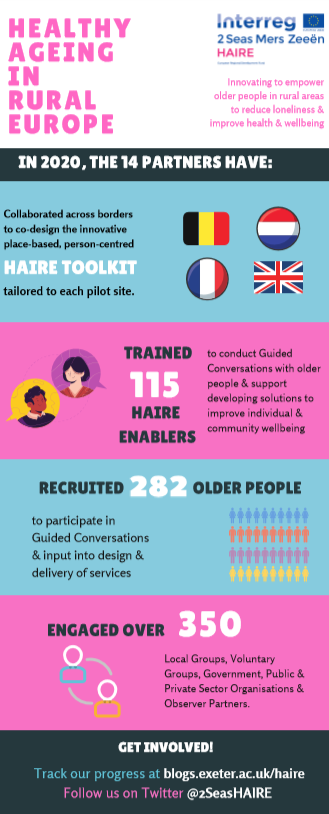 HAIRE is being designed with future users and sustainability in mind. Partners are already presenting the project to potential future users of the toolkit. In the UK, Devon Mind has introduced HAIRE and the team to
HAIRE is being designed with future users and sustainability in mind. Partners are already presenting the project to potential future users of the toolkit. In the UK, Devon Mind has introduced HAIRE and the team to